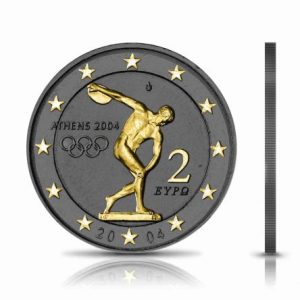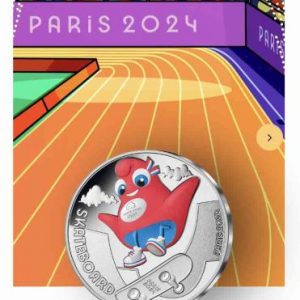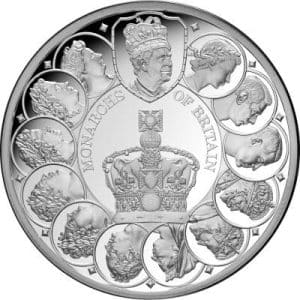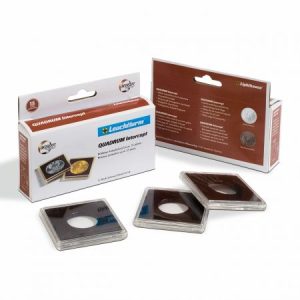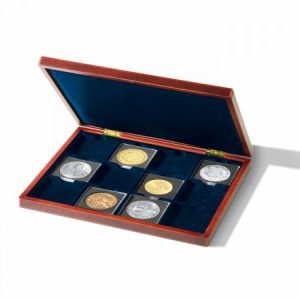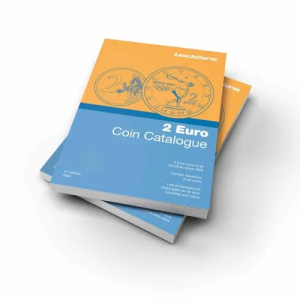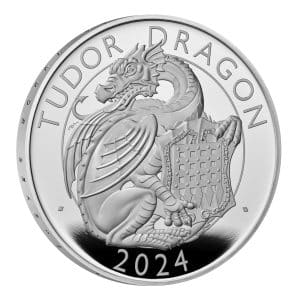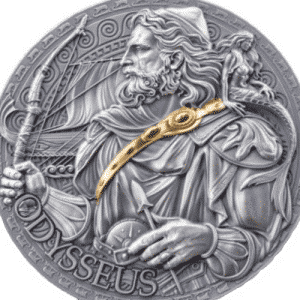The discovery of more than 2,000 coins near Israel’s northern coast is unprecedented. Archaeologists believe we may have found part of the largest hoard of gold coins ever found in the Eastern Mediterranean.
The coins found have been identified: they are dinars – the official currency of the Fatimid caliphate that ruled much of the Mediterranean from 909 to 1171.
By accident
At the beginning of February, near the ancient port of Caesarea, a group of six divers found some coins on the seabed, which they initially mistook for toys. When they suspected the significance of the discovery they notified the Israel Archaeological Service. Divers from Israel’s Ephorate of Marine Antiquities accompanied the team to the site of the discovery and were speechless at what they saw.
Two hours later, after a first dig, they had counted over a thousand coins. They were shocked. And it was that feeling you get when you’re at the bottom and you can’t talk to your fellow explorers and you’re waiting to come out and scream for joy. This is how he describes his feelings and the situation faced by the director of the Ephorate of Marine Antiquities, Jakob Sharvit.
And it was only the beginning. Another thousand coins were recovered from the bottom after a second excavation! The previous time, in the early 1960s, 376 Fatimid dinars had been discovered. This new discovery is of spectacularly greater value. Perhaps it is the largest recorded in the Eastern Mediterranean.
Fatimid dinars are imprinted with the names of the caliphs on whose days they were struck as well as the date and place of their minting. They are historical documents of the first order, explains Israel Numismatic Archaeological Service curator Robert Kool.
From the capital, Cairo, the caliphate controlled access to gold from West African sources to the Mediterranean, and the currency gave it great economic power.
A cursory study has shown that the oldest coin of the Caesarea treasury was struck in Palermo, Sicily, while the majority of the coins were struck at the official Fatimid mints in Egypt and other areas of North Africa.
The coins are of two different denominations – whole dinars and quarters – but their size and shape varies. The first tests show 24 carat gold and 95% purity. Τα πρώτα τεστ δείχνουν χρυσό 24 καρατίων και καθαρότητα στο 95%.
Questions and research
Archaeologists believe that the coins were found on the seabed far from the coast after a shipwreck, and there are various hypotheses about whether it was a merchant ship or whether we can relate it to a tax return bound for Cairo.
The fact that there are no smaller coins probably indicates that this was not an ordinary everyday transaction. In any case, the researchers of the Archaeological Service have a lot of work ahead of them.
Michael L. Bates, curator emeritus of Islamic coins at the American Numismatic Society, underlines the significance of the discovery and points out that a hoard of this size can illuminate many aspects of the economy, such as coin production systems, distribution, circulation and longevity.
For the divers who first spotted the treasure, the joy they got from their discovery is enough. They need no other reward. One of them states “it was my birthday that day, and I thought isn’t that how Gollum [of The Hobbit] felt when he found the Ring?”
Source:National Geographic



